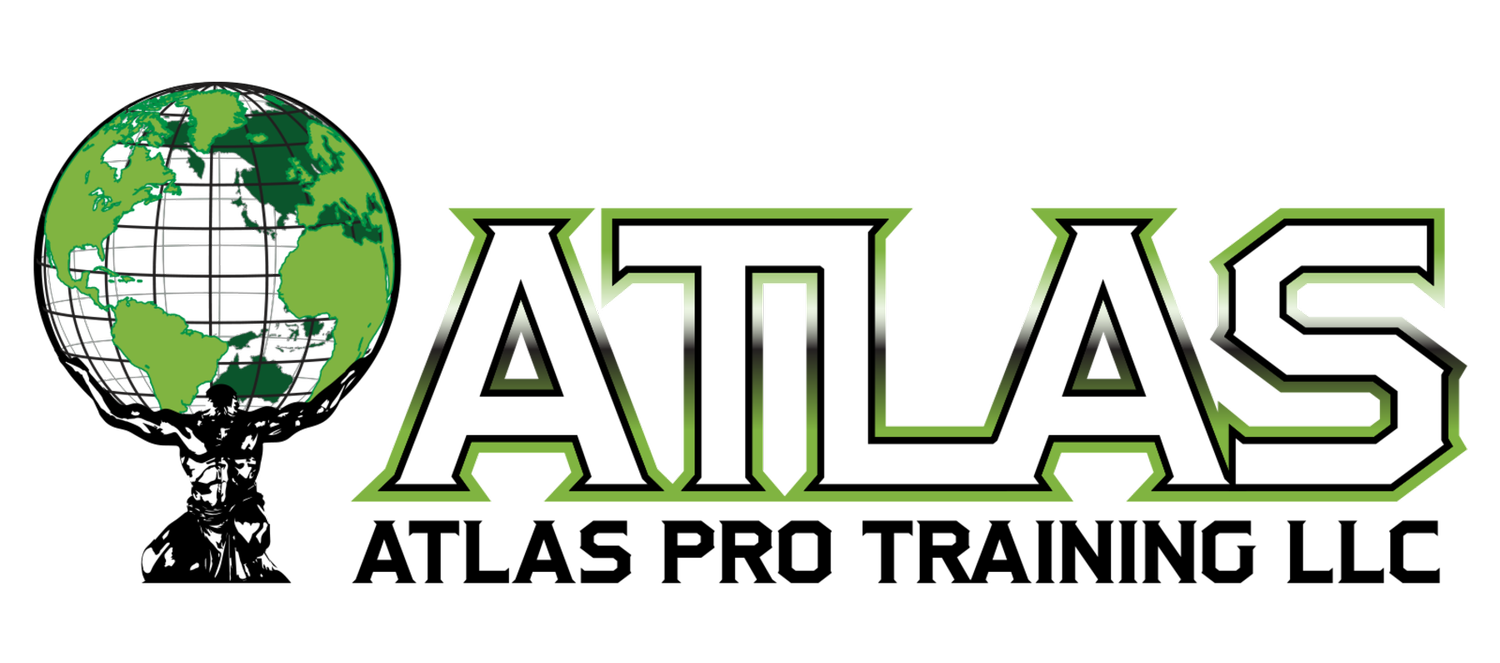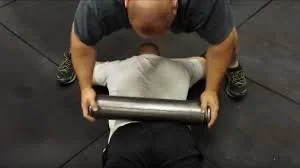Foam Rolling and Self-Myofascial Release: Unlocking Athletic Potential
At Atlas Performance Training, we understand that nurturing young athletes' potential involves not only rigorous training but also intelligent recovery strategies. In this blog post, we will delve into the concept of myofascial release and its importance. We'll discuss foam rolling and Body tempering in detail, explaining how these methods aid in muscle recovery and injury prevention. Additionally, we'll provide foam rolling techniques tailored to different sports and muscle groups, and we'll emphasize the vital role of self-myofascial release in an athlete's routine, enhancing recovery and improving youth athletes' mobility.
Understanding Myofascial Release and Its Importance
Foam Rolling
Myofascial release is a technique that targets the fascia—a connective tissue that surrounds and supports muscles. When fascia becomes tight or restricted, it can lead to muscle imbalances, reduced flexibility, and increased risk of injury. Myofascial release aims to release these restrictions, promoting optimal muscle function and overall well-being.
Foam Rolling and Body Tempering: Muscle Recovery and Injury Prevention
Foam Rolling: Foam rolling is a widely used myofascial release technique that involves applying pressure to specific muscle groups using a foam roller. It offers several benefits:
Improved Blood Flow: Rolling over muscles increases circulation, aiding in the delivery of nutrients and removal of waste products.
Reduced Muscle Tightness: Foam rolling helps alleviate muscle knots and tightness, improving flexibility and mobility.
Injury Prevention: By addressing muscle imbalances and tension, foam rolling can reduce the risk of injuries such as strains and sprains.
Body Tempering: Body tempering is an advanced myofascial release technique involving the use of heavy, rounded steel cylinders to target specific muscle groups. It offers deep tissue relief and is particularly effective for youth athletes who engage in intense training.
Enhanced Recovery: Body tempering can reach deeper muscle layers, releasing deep-seated tension and aiding in faster recovery.
Injury Prevention: By promoting balanced muscle function and reducing deep-seated tension, body tempering can help prevent injuries.
Foam Rolling Techniques Tailored to Different Sports and Muscle Groups
Here are some foam rolling techniques tailored to different sports and muscle groups:
Body Tempering
Basketball: Focus on rolling the calves, quads, and hip flexors to alleviate tension from jumping and sprinting.
Football: Target the hamstrings, quadriceps, and IT bands to relieve muscle tightness associated with running and tackling.
Soccer: Roll the hip flexors, adductors, and glutes to address hip mobility and prevent strains.
Volleyball: Pay attention to the shoulders, upper back, and chest muscles to improve shoulder mobility for spiking and serving.
Rowing: Address the lats, lower back, and hamstrings to release tension from repetitive rowing motions.
The Role of Self-Myofascial Release in Athlete's Routine
Self-myofascial release empowers young athletes to take control of their recovery and mobility. It involves using foam rollers and other tools to target specific areas of tension. Regular self-myofascial release:
Enhances Recovery: By addressing muscle tightness and promoting blood flow, it speeds up recovery after intense workouts.
Improves Mobility: Targeted self-myofascial release can increase joint mobility and range of motion, essential for athletic performance.
Prevents Overuse Injuries: By reducing muscle imbalances and tension, it helps prevent overuse injuries common in youth athletes.
Myofascial release techniques like foam rolling and body tempering are indispensable tools in our arsenal for nurturing young athletes. These methods aid in muscle recovery, injury prevention, and improved mobility. When incorporated into a regular training routine, they empower our athletes to unlock their full athletic potential while minimizing the risk of injuries. Atlas Performance Training is committed to providing holistic training solutions, and myofascial release is an integral part of our dedication to their success and well-being.

